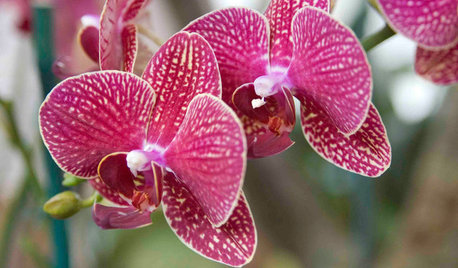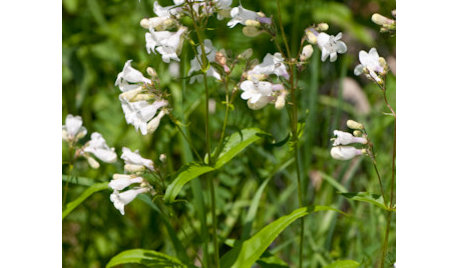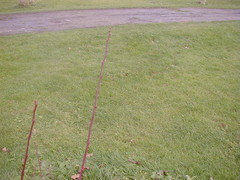When Will Chestnut Bloom?
quercus_alba2
10 years ago
Featured Answer
Sort by:Oldest
Comments (25)
lkz5ia
10 years agoRelated Professionals
Birmingham Landscape Architects & Landscape Designers · Brentwood Landscape Architects & Landscape Designers · North New Hyde Park Landscape Architects & Landscape Designers · Wareham Landscape Architects & Landscape Designers · Canton Landscape Contractors · Crystal Landscape Contractors · Newnan Landscape Contractors · Tehachapi Landscape Contractors · Uxbridge Landscape Contractors · Fairfax Siding & Exteriors · South Glastonbury Siding & Exteriors · Jeffersonville Decks, Patios & Outdoor Enclosures · Portage Decks, Patios & Outdoor Enclosures · Schaumburg Decks, Patios & Outdoor Enclosures · Laguna Beach Stone, Pavers & Concretecorkball
10 years agoquercus_alba2
10 years agoquercus_alba2
10 years agolkz5ia
10 years agoEmbothrium
10 years agocorkball
10 years agoquercus_alba2
10 years agocorkball
10 years agojocelynpei
10 years agoken_adrian Adrian MI cold Z5
10 years agobengz6westmd
10 years agogreenthumbzdude
10 years agoEmbothrium
10 years agojocelynpei
10 years agonick_b79
10 years agojocelynpei
10 years agoEmbothrium
10 years agojocelynpei
10 years agoHU-24735709
5 years agolast modified: 5 years agojocelynpei
5 years agobengz6westmd
5 years agojocelynpei
5 years agoHuggorm
5 years ago
Related Stories

GARDENING GUIDESHow to Prune Your Flowering Shrubs for the Best Blooms
Less is often more when it comes to properly pruning flowering shrubs. Here’s what to do and why
Full Story
CONTRACTOR TIPSBuilding Permits: When a Permit Is Required and When It's Not
In this article, the first in a series exploring permit processes and requirements, learn why and when you might need one
Full Story
HOUSEPLANTSOrchids 101: How to Keep Your Moth Orchids Alive and Blooming
Growing Phalaenopsis — and getting it to flower again — is easier than you might think
Full Story
GARDENING GUIDESTop 12 Summer-Blooming Perennials for Deer-Resistant Drama
Can you have garden color, fragrance and exciting foliage with hungry deer afoot? These beauties say yes
Full Story
ACCESSORIESFavorite Blooms: Summer Sunflowers
Add a Week's Worth of Instant Cheer for Less Than 10 Dollars
Full Story
GARDENING GUIDESGreat Design Plant: Amelanchier Signals Spring With Airy White Blooms
With roughly 20 species of serviceberry native to the U.S., bees can feed on the early-season blooms while birds enjoy the summer berries
Full Story
KITCHEN DESIGNKitchen of the Week: Chestnut and an Open Fire in Connecticut
Antique chestnut boards give a kitchen with a wood-burning oven vintage flair, balancing its modern amenities
Full Story
HOUSEPLANTSHow to Force Amaryllis Bulbs Indoors
Enjoy vibrant red blossoms even as gardens turn snowy white, by teaching this hardy repeat performer to ignore the calendar
Full Story
GARDENING GUIDESGreat Design Plant: Try Penstemon Digitalis for Showy White Blooms
Bees gather nectar from this North American native while you’ll appreciate its unthirsty nature and soil tolerance
Full Story
EVENTSUnexpected Delights: Art in Bloom in San Francisco
Paintings inspire floral creations that bring a new perspective to fine art
Full Story







corkball